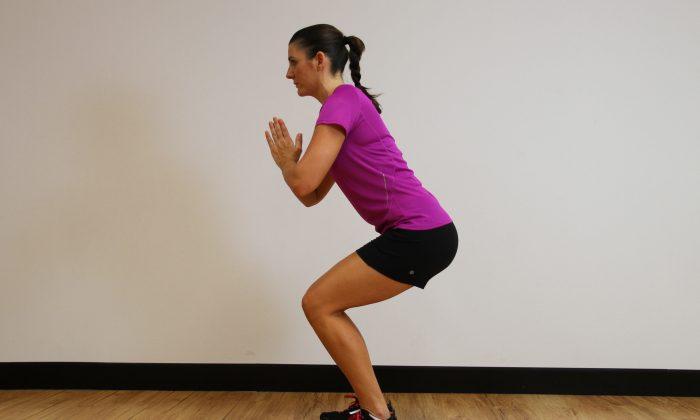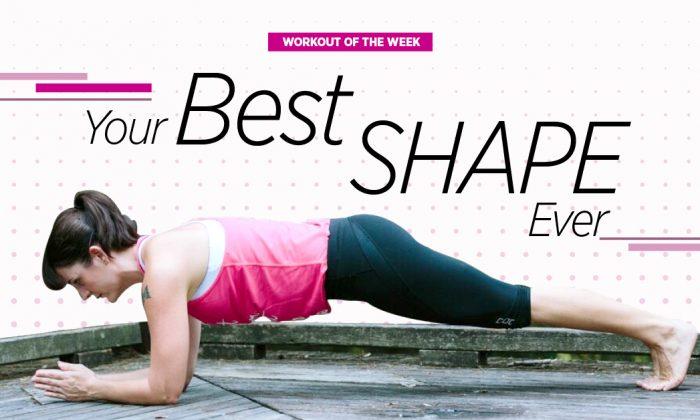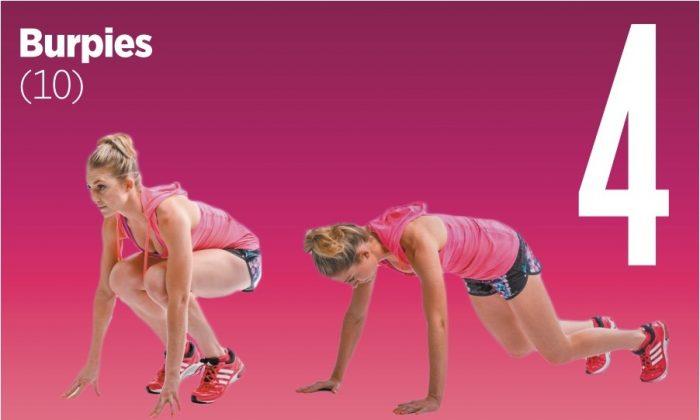Resistance training has so many incredible benefits. Unless you have poor technique and do exercises incorrectly, there are really no negative aspects of resistance training. What qualifies as a resistance exercise? Any exercise that uses your muscle against resistance of some kind is a resistance exercise. That resistance could be a barbell, hand weights, gym equipment, resistance bands, or my favorite type, your own body weight.
Resistance training is also known as strength training. Ideally we should do resistance training two or three times a week. Three times would be ideal, but two is fine, if that is all you can manage. Cardio training is also important; 30 minutes three times a week will keep your heart healthy.
Some of the fantastic benefits of resistance training are:
• Strengthening and maintaining strong bones. Strength training increases bone density and will reduce the risk of osteoporosis. It can even reverse the effects of osteoporosis.
• Weight management. As you gain muscle, your body burns calories more efficiently.
• Building muscles. Having stronger muscles means your joints will be more stable and less prone to injury.
• Increasing stamina. As you grow stronger, you will have more energy for your everyday tasks and activities, and you won’t fatigue as easily.
• Improving emotional well-being. Strength training can boost your self-confidence and body image. Due to the release of the happy hormones endorphins and serotonin, when you do physical activity, exercise will help symptoms of depression and anxiety.
• Pain, injury, and illness management. Strength training can reduce the signs and symptoms of many chronic conditions including arthritis, back pain, depression, diabetes, and obesity.
Getting Started
1. Stand with your feet hip width apart.
2. Inhale and lower your hips and butt to the floor, bending your knees and hips.
3. Exhale as you start to stand tall again. Lift your right foot and kick it to the front of the room.
4. As your right foot touches the ground, inhale as you lower into another squat.
5. Exhale as you stand kicking your left leg out in front.
6. Repeat this until you have done 10 kicks on each leg.
Getting It Right
1. When you squat, the weight of your body should be placed into your heels, not your toes. If you don’t do this, you may feel it in your knees and not in your thighs and glutes. This is a key thing to remember when squatting in the parallel position.
2. Breathing with the exercise will help keep your energy levels up and your stomach muscles engaged. It’s easy with this one; inhale as you lower, exhale as you kick.
3. If you need a lower intensity option, do a knee lift instead of a front kick.
4. To increase the intensity, kick as high as possible.
5. Vary the sequence by doing 10 kicks on the right side, then 10 kicks on the left, then do a set of alternating. You can change the number of repetitions, of course.
6. Add in sets of just parallel squats to really intensify the lower body workout.
Emma-Kate Stampton certifies Pilates instructors and is a certified personal trainer. She is based in Brisbane, Australia.





